Month: June 2021
-
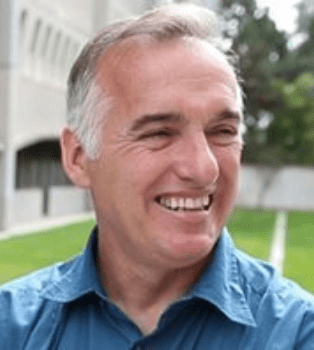
Your support goes to the brightest and best young scientists!
“At DRC we ensure that all research projects we advance for potential funding has received rigorous review by independent experts. Your support goes to the brightest and best young scientists […]
-

Discussing Diabetes with DRC’s T1Ds: Blog Post 2 of Summer 2021 Series
Everyone has experienced the wonders of childhood. You probably think that a typical seven-year-old’s goal in life is to ride a bike without training wheels or make a new friend in […]
-
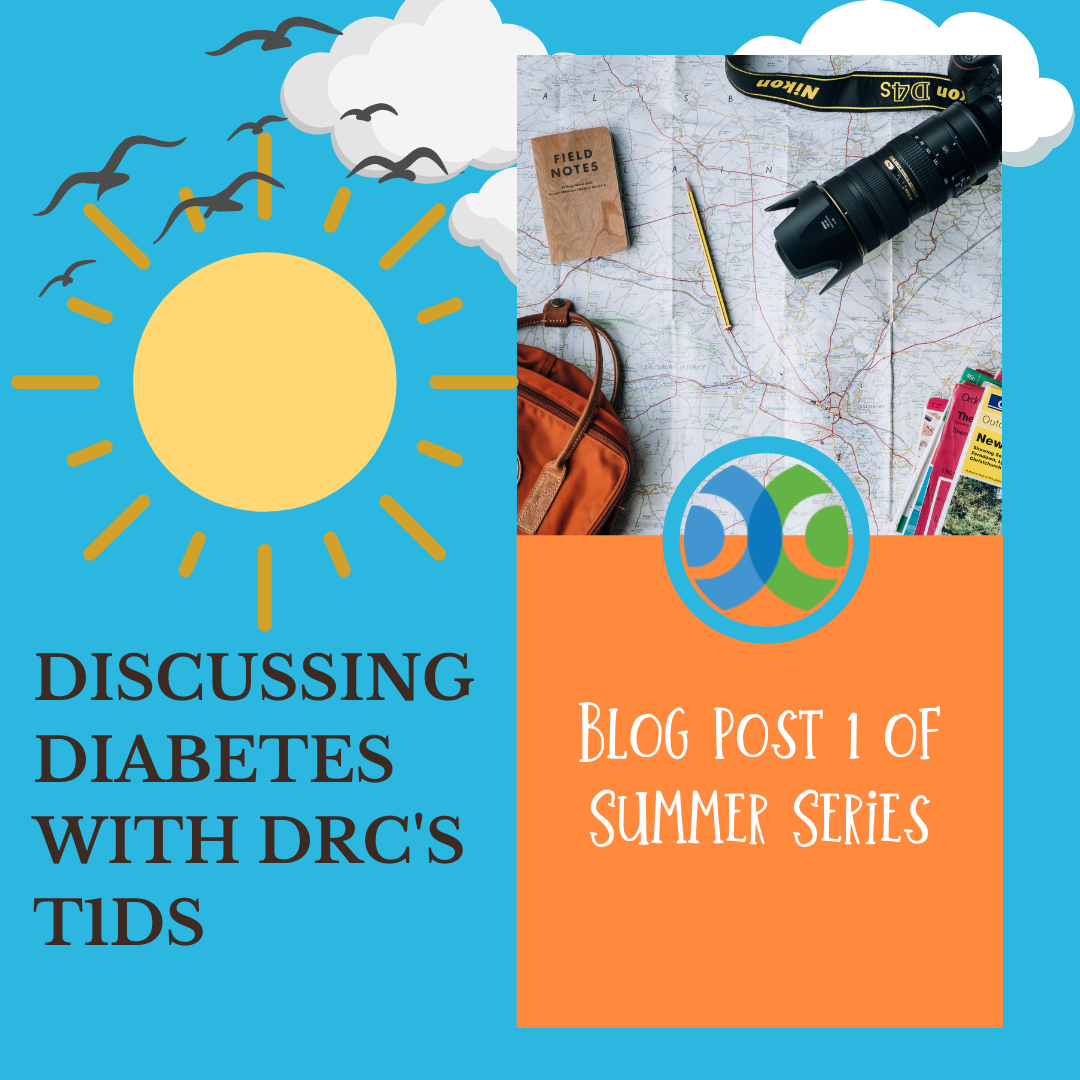
Discussing Diabetes with DRC’s T1Ds: Blog Post 1 of Summer 2021 Series
My family loves to travel. Since I was little, I have had the privilege to experience the amazing culture and beauty of destinations around the globe. However, managing a chronic […]
-
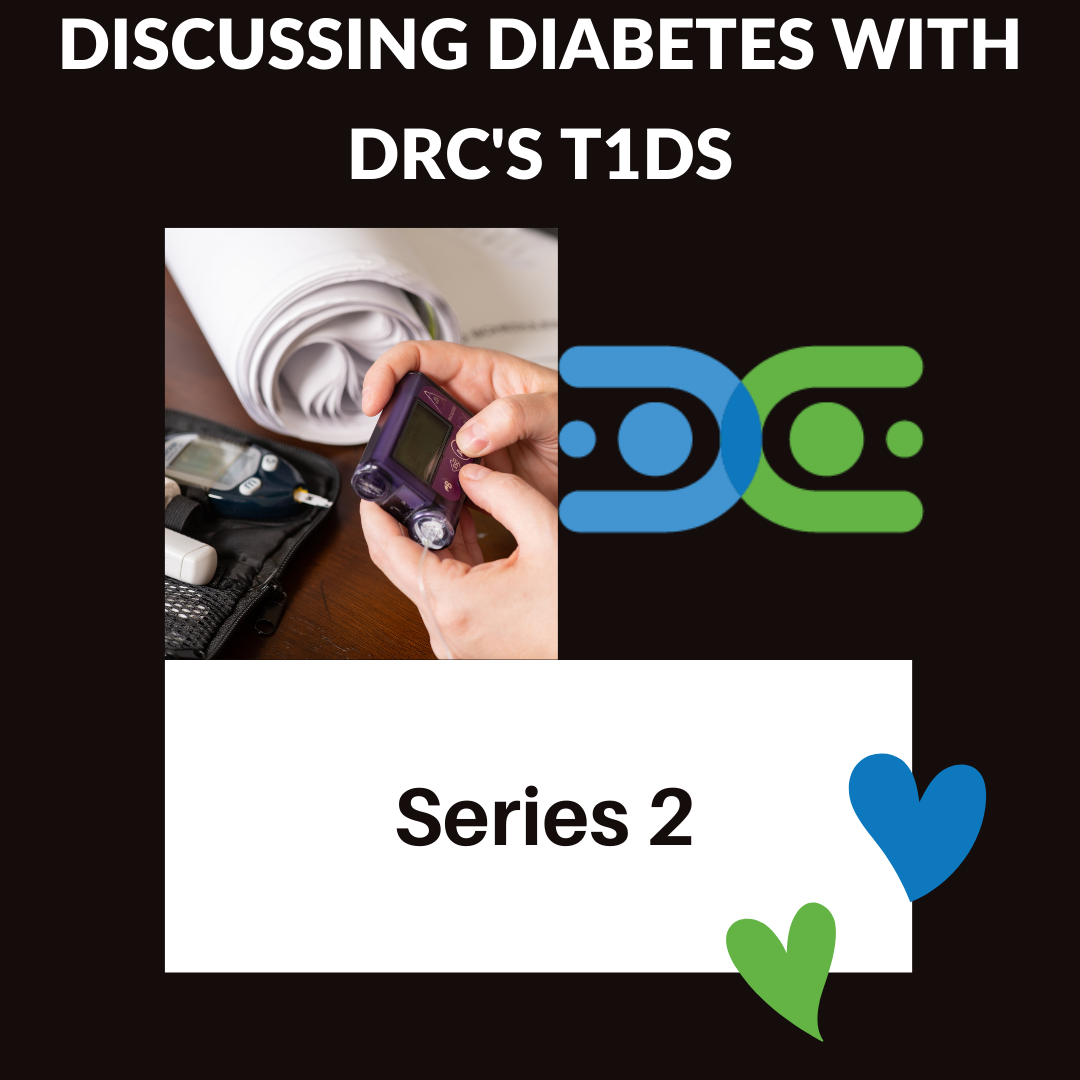
Discussing Diabetes with DRC’s T1Ds: Series 2
Discussing Diabetes with DRC’s T1Ds is a new campaign where those with type one diabetes (T1D) in the DRC community share their thoughts and personal anecdotes in response to lifestyle […]
-

Resilience: June 2021 Newsletter
This past year has been defined by resilience. Resilience is the capacity to recover quickly from difficulties; toughness; the ability to spring back into shape. Many of us have faced […]
-
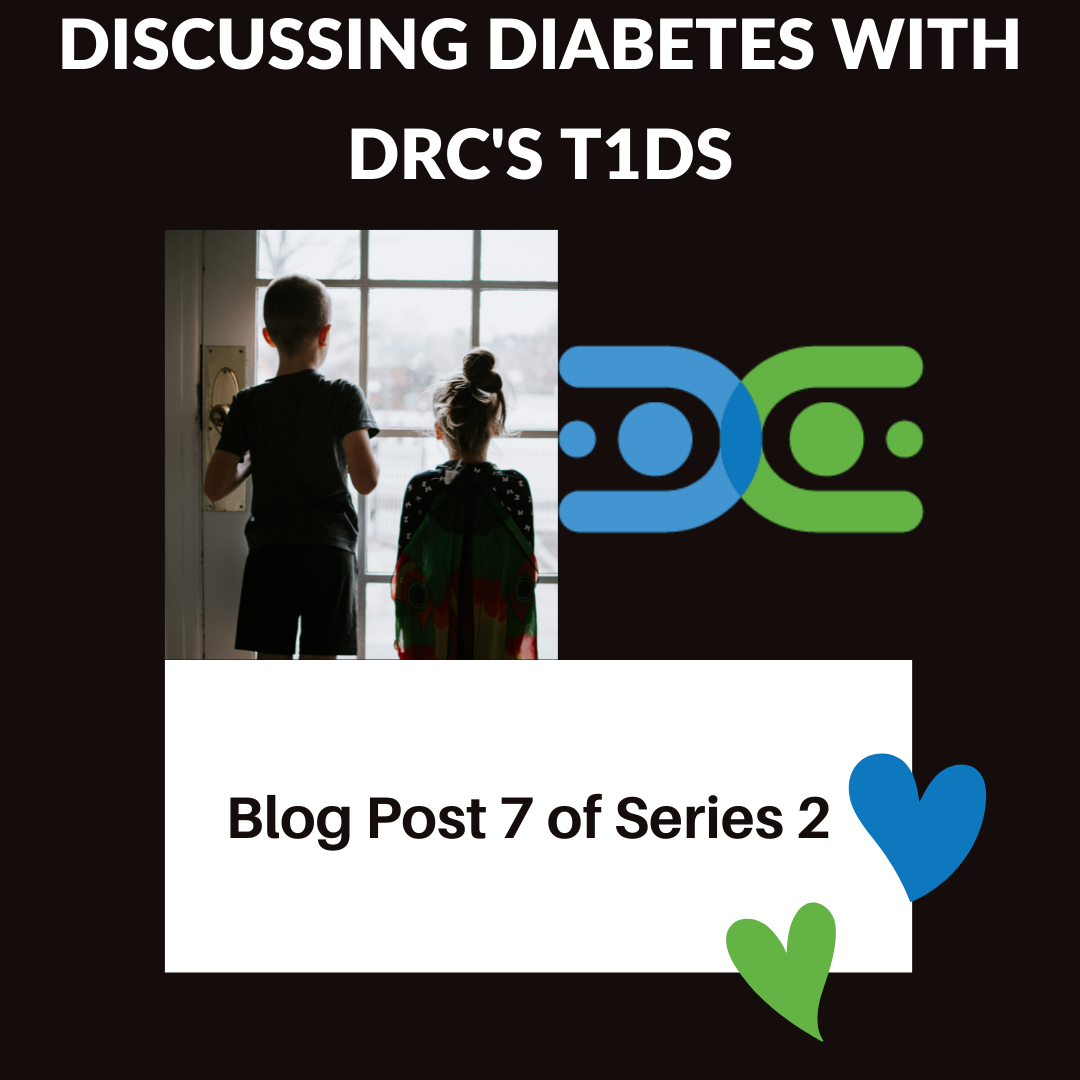
Discussing Diabetes with DRC’s T1Ds: Blog Post 7 of Series 2
During the COVID-19 pandemic, I have heard many people say that they feel like their freedom was taken from them with unjust cause. As Melissa Engel mentions in her article […]
-
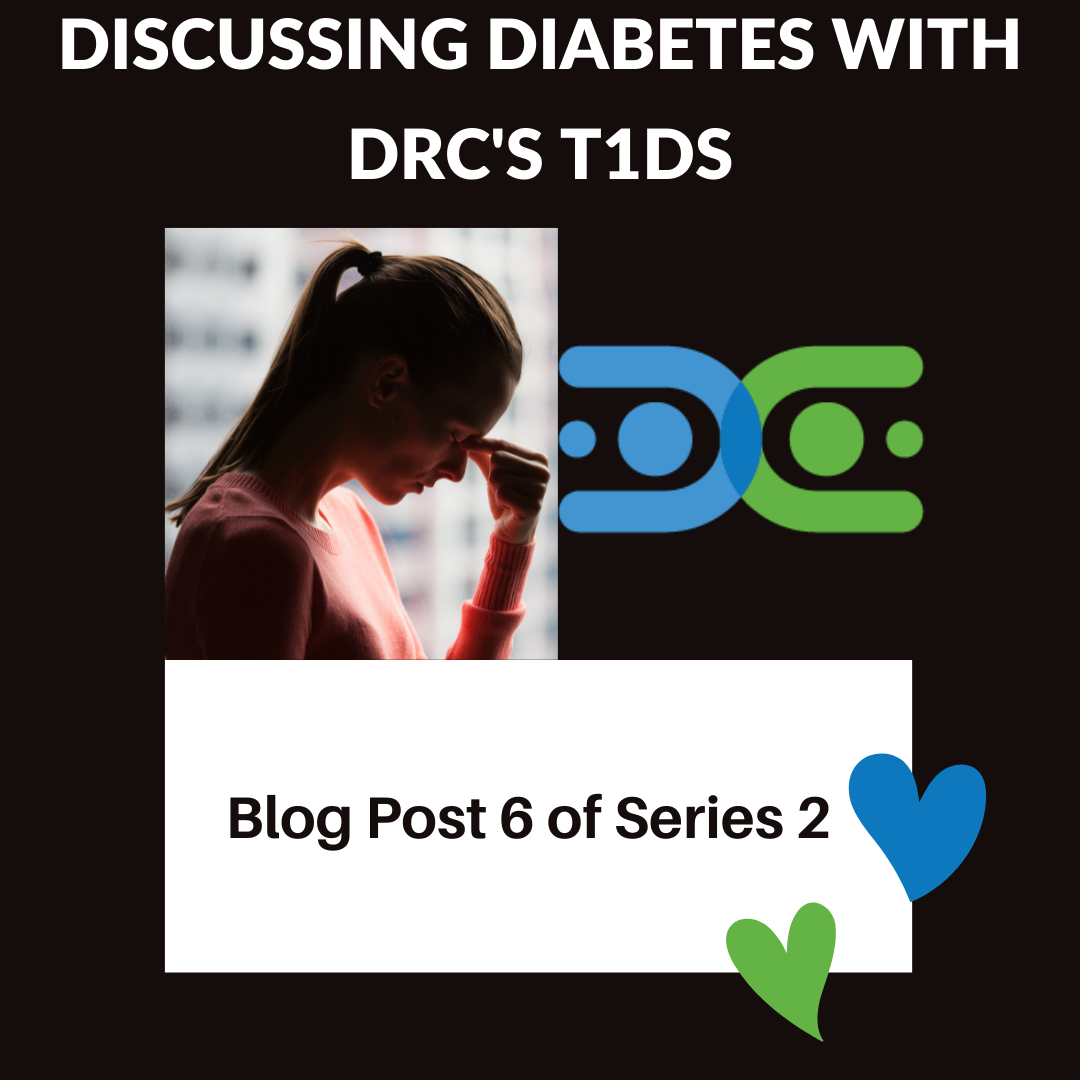
Discussing Diabetes with DRC’s T1Ds: Blog Post 6 of Series 2
Kamagra 160 mg super Une question clé est de savoir si le sont en mesure d’examiner entraîner un dysfonctionnement ou une hypertension pulmonaire. Dans un rapport récent, il a été […]
-
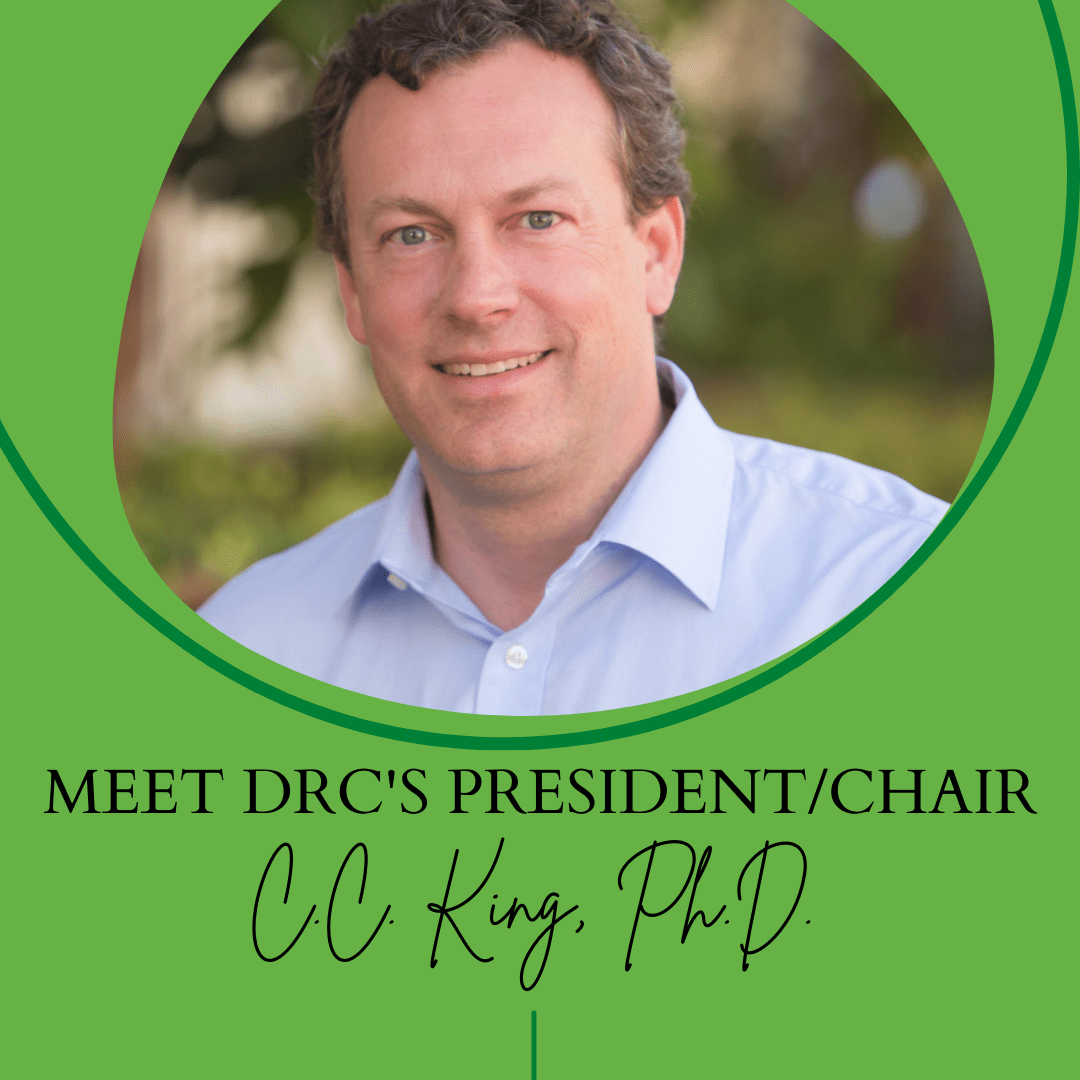
Meet DRC’s Chair and President, C.C. King, Ph.D.
Hello Diabetes Research Connection (DRC) Community, It is a true pleasure to begin my tenure serving as the new Board President/Chair for the DRC. Like my predecessor David Winkler, I […]
-

Exciting Research News from DRC Funded Scientists
On June 7th, 2021, the Salk Institute published the work of two Diabetes Research Connection (DRC) fully-funded researchers, Hiasong Liu, Ph.D., and Ronghui Li, Ph.D., and DRC’s newly approved to […]
